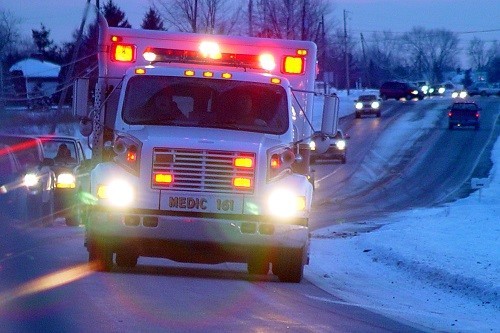Any time that a person ventures out into society, they open themselves up to potential danger. This is especially true for teenagers, who may appear vulnerable to predators and lack the life skills that are necessary to keep themselves safe. If you are a teenager or have a teenage child, it’s important to begin learning or teaching these skills now, so you can avoid any possible disasters in the future.
Staying Safe at the Station
When waiting for a train, bus or subway, it’s a good idea to stay in a central location where other commuters are gathered. Although being in a crowd definitely does not guarantee safety, it’s far better than sitting alone in a corner somewhere. Always remain aware and watchful of what is going on around you. If you have some time to kill, consider reading a book versus putting on headphones and closing your eyes. Being able to hear what is going on in your surrounding area could go a long way in protecting your safety.
Staying Safe While In Transit
Once you are on your way, you should still remain alert and aware. Unfortunately, robberies do happen on trains and subways, so always keep your wallet in your front pocket and your purse close to your body. Make sure that your cell phone is charged and easily accessible, and if possible, carry a whistle that you can blow to draw attention in case of an attack. If you will be riding late at night or early in the morning, ride as close to the operator as possible. If anyone seems threatening or makes you otherwise uncomfortable, don’t be afraid to change seats. Most train and subway cars have call boxes that you can use to notify the police if you need help.
When it comes to buses, most of the same rules apply. According to information from the website of Doyle Raizner injury lawyers, “Buses—similar to trains and planes—are common carriers that generally have an obligation to provide a high level of safety to its passengers.” Unfortunately, despite numerous attempts by parents, lawyers and consumer groups, many buses still lack seat belts and other basic safety features, which can lead to serious injuries should there be an accident. Despite this, traveling by bus is still much safer than if your teen was to drive themselves or ride with a friend.
Staying Safe on The Way Home
If you are using the public transit system, you will probably have a short walk from your stop to your final destination. Avoid getting off at a stop that looks isolated, especially late at night. All of the above rules still apply while walking, such as staying alert, keeping your possessions close to your body and being ready to run from anyone who seems suspicious. Also, try to move with confidence and purpose, as if you know exactly where you are going and have no fears about getting there safely. Looking confused or lost could potentially make you a target for criminals.
As a parent, you might feel concerned at the idea of your child riding the public transit system alone, but studies have actually shown that despite the fact that a good number of transit accidents do occur and there are obviously other dangers, this option is actually much safer for teens than driving themselves or riding along with other young drivers. With a little street smarts and learned wisdom, your teenager should get where they are going without any problems.
Legal researcher Shelby Warden is a mother of two who shares this information to help keep teens safe. The Doyle Raizner injury lawyers have extensive experience handling personal injury claims arising out of bus accidents. They work tirelessly to protect the rights of their clients, whether they were a bus passenger, operator, pedestrian, or in another vehicle that was injured in the bus accident.

